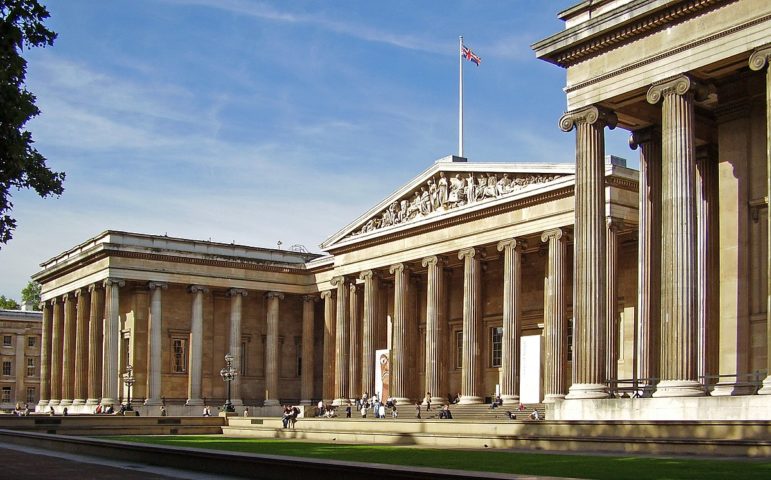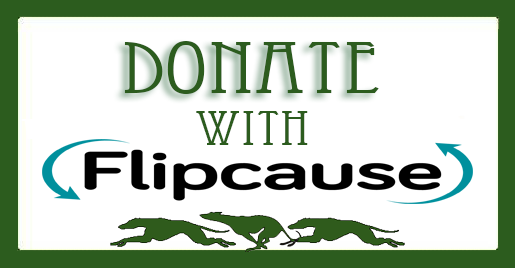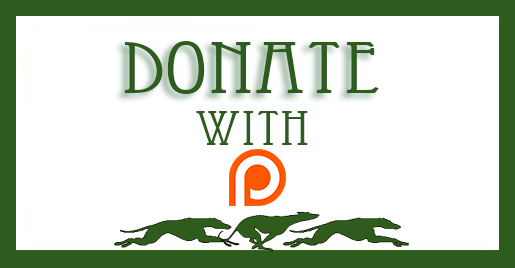
The comedian Wanda Sykes, who I happen to think is one of the funniest and most important voices in America today, put it succinctly while hosting The Daily Show a few days ago. “Let’s be clear right off the bat, mummies aren’t monsters. It’s only a monster when it gets the fuck up.”
That may sum up the mummy monster problem in a nutshell, but three museums’ recent decisions about mummified people raises questions about human remains, no matter how old they may be. Colonial practices have been desecrating human remains for hundreds of years, but we shouldn’t be thinking just in terms of physical colonization. Colonization of the spirit is involved too.
Two weeks ago, the British Museum in London, the National Museum of Scotland, and the Great North Museum – Hancock all announced that they will refrain from the term “mummy” and instead use phrases such as “mummified remains of” or “mummified person” to describe the Egyptian artifacts whenever possible to remind us of their humanity in the exhibits. They say that this is to re-examine how exhibits are described and presented to the public.
Let’s first point out that mummified remains are not “exhibits.” These remains were people with specific plans for their burial. Describing them as “exhibits” continues a practice of indifference to the dead.
Equally important is that displaying some types of human remains specifically undermines the spiritual and magical intent of their burial.

“The modern civilization of Europeː France in Morocco & England in Egypt,” lithograph color print cartoon by A.H. Zaki for Cairo Punch [public domain]
It isn’t entirely clear why this is the moment these museums chose to reconsider their presentation of mummified persons, but it is a positive step toward recognizing that displays of human remains are displays of our ancestors, a point that is almost universally ignored when displaying the remains of Egyptians and Native Americans.
In the museums’ defense, they started considering this issue as they began reflecting on the remains of a mummified woman in their care named Irtyru. “To understand why we feel so conflicted about her,” Jo Anderson, assistant keeper of archaeology at the Great North Museum wrote in a blog post last year, “we must acknowledge some uncomfortable truths about her history. We also have to try to understand ancient Egyptian ideas on death and the afterlife in relation to our westernised modern-day concepts, and how colonial practices have played their part in desecrating what would have been sacred remains.”
Among the harms done, Anderson explains, is that “Irtyru might not be who we think she is.” But it does not stop there. The mummified body was looted and then sold until she was owned by the museum. A metal spike, ring, and bolt further violated her remains to ensure she could stand for display. “Irtyru’s mummified remains were desecrated at a public gathering in Newcastle upon Tyne. In front of a ticketed audience.” This happened as part of an unwrapping party, a popular event in the 19th century.
All of this happened to a body that had been prepared by her family and Egyptian priests carefully and precisely, through prayer, magic, and action, so that she could enter smoothly into the afterlife. Her mummification was to bestow upon her a gift of eternity and join the honored dead.
Instead, this mummified body and countless others were defiled. Looting was the first step that culminated in a prurient dismantling of ancient ritual. Of all the things stolen, most of all was her agency, as her obvious wish was to join others in the afterlife.

“Examination of a Mummy – The Priestess of Ammon” by Paul Dominique Philippoteaux (oil on canvas, c1895) [public domain]
The ethics of museums that choose to display human remains have matured considerably over the past three decades.
That maturity has been nourished by legal action. In the United States, for example, the Native American Graves Protection and Repatriation Act of 1990 (NAGPRA) began a major conversation on displaying human remains by providing a process for museums that receive federal funds to repatriate or transfer from their collections of Native American cultural patrimony such as sacred and cultural items as well as human remains and funerary objects, to lineal descendants, and to Indian tribes, Alaska Native Corporations, and Native Hawaiian organizations.
TWH hopes you appreciate this article and our reporting. TWH is different from other media sources. We cover the interests of the Pagan, Witchcraft, Heathen, and polytheist community in service to our community. Our journalism is produced to serve and support our community. Our only means of financial support comes from you. We invite you to invest in our mission and keep Pagan journalism available for the entire community, including those who cannot afford to donate right now.
Please consider a small monthly donation.
Thank you!
But events have also hastened how museums present human bodies. In 1998, the exhibition London Bodies: The Changing Shape of Londoners from Prehistoric Times to the Present Day at the Museum of London “traced how the appearance of Londoners has changed since prehistoric times, with the central feature a series of skeletons.” The exhibition drew upon the museum’s collection of about 18,000 human skeletons within the Museum’s archaeological archive, and on the detailed research of 6,000, with many dating to Roman and medieval periods and into the 19th Century. The museum explained that it attempts to maximize respect for human remains as well as allow for public access.
Yet, as Dr. Hedley Swain, then Head of Early London History and Collections, pointed out,
No-one would disagree that a museum curator who displayed in a glass case the remains of a child who had only just died would be deemed morally repugnant. And yet, in 1998, when the Museum of London displayed the skeletal remains of a medieval mother and child, both of whom had died during the child’s birth, no public comment was made.
Indeed, there would be none because museums are spaces at the intersection of science, history, entertainment, and even voyeurism.
In 2006, the Council of British Druid Orders strove for the reburial of a skeleton known as “Charlotte” or “Charlie” exhumed at the Neolithic enclosure at Windmill Hill in 1929. The Druids called for the reburial for religious reasons and claimed the individual as an ancestor. “Humanity is, after all, an integral part of nature,” said one Druid advocating for reburial, “and to isolate any part of it in a clinically clean and static environment, to preserve it, is to deny the sanctity of nature: to block its course.”
After four years of deliberation, and surprising support for the Druids’ argument from some scholars, English Heritage said the bones should remain at the Alexander Keiller Museum in Avebury. English Heritage found that the benefits of having the bones in the museum significantly outweighed any harm.
The British Humanist Association affirmed the decision. ”We applaud English Heritage’s excellent report on their decision… The unshared beliefs of people with no more genetic claim over the human remains than anybody else in western Europe should never trump the enormous scientific, sociological, and educational benefit to the public that the historic human remains provide.” They hoped that, while the decision did not set a precedent, English Heritage would reject future requests and avoid future requests “without such a lengthy and costly consultation period.”
Not everyone agrees that scientific value trumps all, even among experts. “We’ve come to a point in American society that we recognize we do science for people,” Larry Zimmerman, a bioarchaeologist at Indiana University who has long advocated for the protection and repatriation of Native American remains, says. “Their concerns sometimes have to come first, even if it’s a matter of sacrifice from the scientific community’s side.”
In 2021, the Society for American Archaeology (SAA) released its Statement Concerning the Treatment of Human Remains, noting in its first principle that “Working with human remains is a privilege, not a right.” This was followed by a second principle: “Human remains should be treated with dignity and respect.”
From a Pagan perspective, however, and regardless of scientific benefit, the issue of agency remains, especially in situations where a burial was explicitly bound with religious and personal intent. I imagine that would be part of the second principle. The museums and the society’s reasoning fail to address how burial intent and research interests should be reconciled.
Meanwhile, it remains a deeply unclear and questionable practice to presume that some ambiguous amount of time must pass for a human body to transform from the human remains of an ancestor to an excavation specimen.
The Wild Hunt is not responsible for links to external content.
To join a conversation on this post:
Visit our The Wild Hunt subreddit! Point your favorite browser to https://www.reddit.com/r/The_Wild_Hunt_News/, then click “JOIN”. Make sure to click the bell, too, to be notified of new articles posted to our subreddit.


